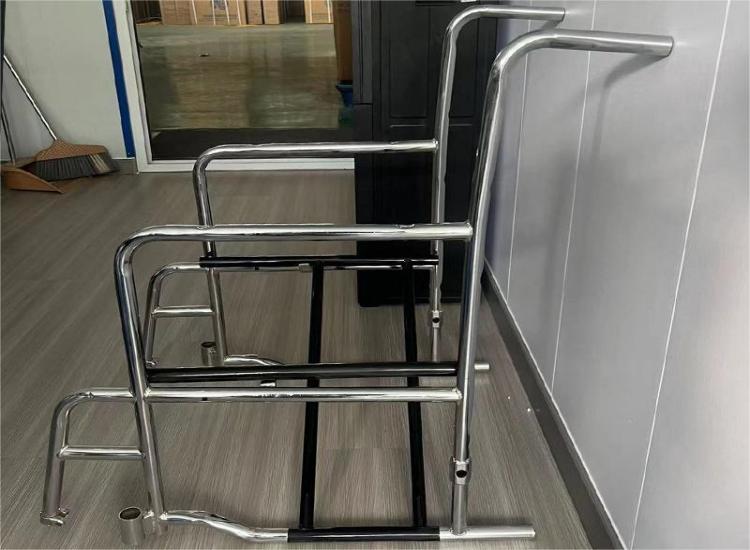Tube bender
1. Material preparation:
Select an aluminum tube material (6063 aluminum tube) suitable for sheet metal bending and cut it to the appropriate length according to the design requirements. Clean and remove impurities on the surface of aluminum tubes to ensure processing quality.
2. Bending equipment settings:
Prepare sheet metal bending machines and install and adjust appropriate bending dies according to design requirements. Make sure the parameter settings of the bending machine are consistent with the thickness and hardness of the aluminum tube.
3. Aluminum tube clamping and positioning:
Use clamps to secure the aluminum tube to the bending machine and ensure its correct position and orientation. Precise positioning prevents displacement or misalignment during the bending process.
4. Bending operation:
Start the bending machine and bend the aluminum tube along the bending die. According to the design requirements and engineering drawings, gradually adjust the parameters of the bending machine to obtain the required bending angle and radius of curvature.
5. Quality control:
Regular inspections are performed during the bending process to verify that the bending angle and size of the aluminum tube comply with the design specifications. Use measuring tools such as calipers, goniometers, etc. to inspect and verify bent parts.
6. Adjustments and corrections:
Make necessary adjustments and corrections to the bending machine based on the quality control results to ensure that the bending parts meet the design requirements. Adjust the fixture and positioning system to improve bending accuracy and stability.
7. Final inspection:
After all bending operations are completed, the bent parts are subjected to a final comprehensive inspection. Ensure that the appearance, size and shape of the bent part fully meets the design specifications.













